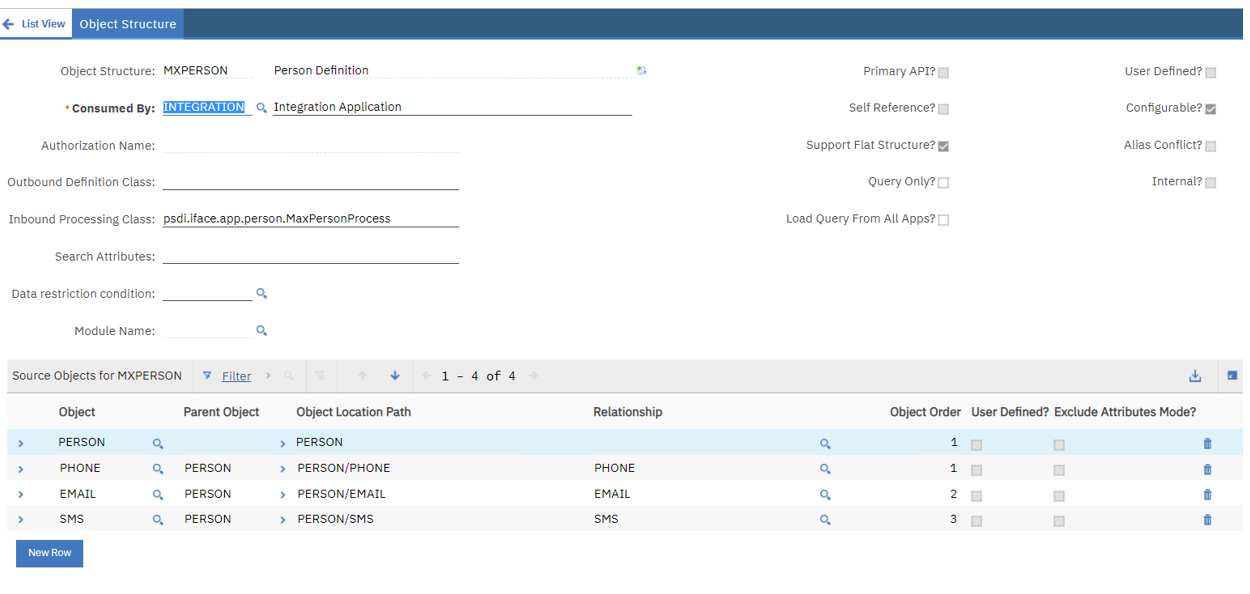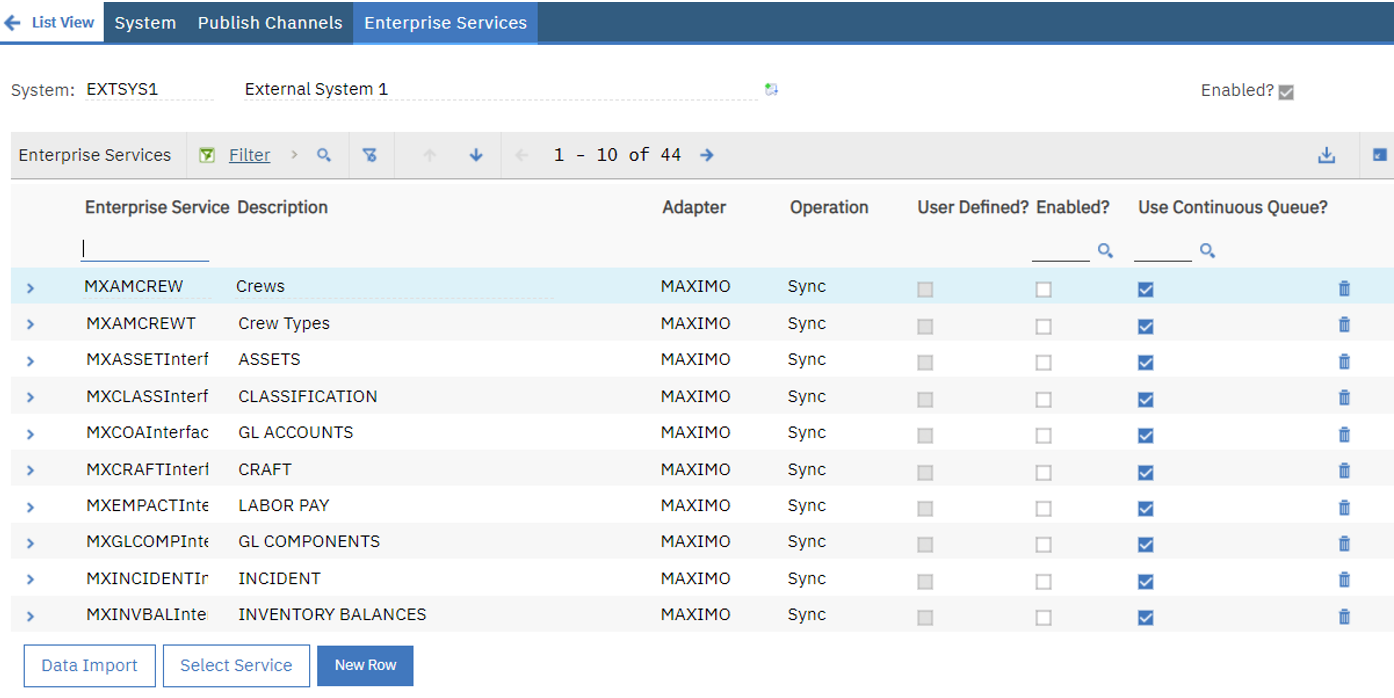All your Maximo data import needs simplified
Being able to manage data loads and data extracts is a powerful ability. It can substantially improve processes and reduce delays. Maximo offers not one but multiple ways of handling data. Equipped with user-friendly error prompts, there is no room for mistakes any more. For this reason, I have come up with the following guide on Maximo Data Imports:
Pre-requisites to loading your data
1. Integration Object structure:
Prior to loading data, you need to have your Integration object structures ready. An object structure consists of one or more related business objects that define the content of an integration message. There are several standard Maximo Integration object structures available and ready to use (their names start with MX). They are an excellent place to start and you can tweak it to add any objects and attributes that you need.

Additional settings within Object structure:
- Support Flat Structure: This checkbox has to be checked if you want to load through External Systems or Import / Export using a CSV File (Comma Separated Values). Please note: You do not need this for MxLoader.
- Alias Conflicts: If this check box is checked that means there are two or more objects in an object structure with the same name. To resolve this, you would need to assign a different name using the Select Actions > Add/Modify Alias. Please note: You would need to use these modified names in your loading sheet.
- Exclude / Include Fields: You have the power to choose which fields need to be included as a part of your data load or data extract. Under Select Actions, individual fields can be hidden or not. There are mandatory fields that cannot be excluded. Please note: As standard, any Persistent fields are included and Non-Persistent are excluded.
- Application Import/ Export: For this you need to enable the Object Structure for Import and Export in Maximo Applications. Select Add/Modify application Import and Export options from the Left. You will need to specify the format, application as well as the maximum count of data you will be handling through this object structure. Please note: You will need to grant security privileges for the Import/Export functionality to see this option in the application.
2. Enterprise Service:
You need to set this up if you are importing data from an External system.
Please note: You do not need to set this up if you are using the MXLoader or Application Import/ Export option.
3. Publish channels:
You need to set this up if you are exporting data from an External system.
Please note: You do not need to set this up if you are using the MXLoader or Application Import/ Export option.

- MXLoader: Excel has been a very useful tool for managing data. You can use Excel to import data into Maximo. MxLoader is a Microsoft Excel spreadsheet that allows one to quickly and easily query and load data into IBM Maximo. All you need to have is your Integration object structures ready. There are several standard Maximo Integration object structures (their names start with MX). You can download an MXLoader sheet here. We have a detailed article on how to use MXLoader for your Maximo data needs.
- Application Import/ Export: You can import data into Maximo using the Application Import icon. If you are unsure of the format of columns of the data you need to import, you can perform an export with a few records in List Tab. You can then modify this file to import in later. If you plan on importing a large number of records, this may not be the best option for you. It would be best for you to use let the Flatfileconsumer cron task handle your data import.
- Enterprise Service: You can load data into Maximo after you have configured an Enterprise Service against the External system. You will need to pay attention to including the header in your data file when using External System. A detailed documentation of configuring Enterprise Service can be found here.
- Flatfileconsumer Cron Task: Loading large csv files has never been easier with the Flatfileconsumer Cron Task. Instead of importing the files manually, you can use this Cron Task to handle the data import without any user intervention. The Source Directory needs to be configured along with other parameters.
Please note: This directory configured against Source Directory must exist on the application server.

Finally, I hope that this has clarified the Maximo Data Import process for you.
If you would like more information, please get in touch with BPD Zenith at https://www.bpdzenith.com/contact/





